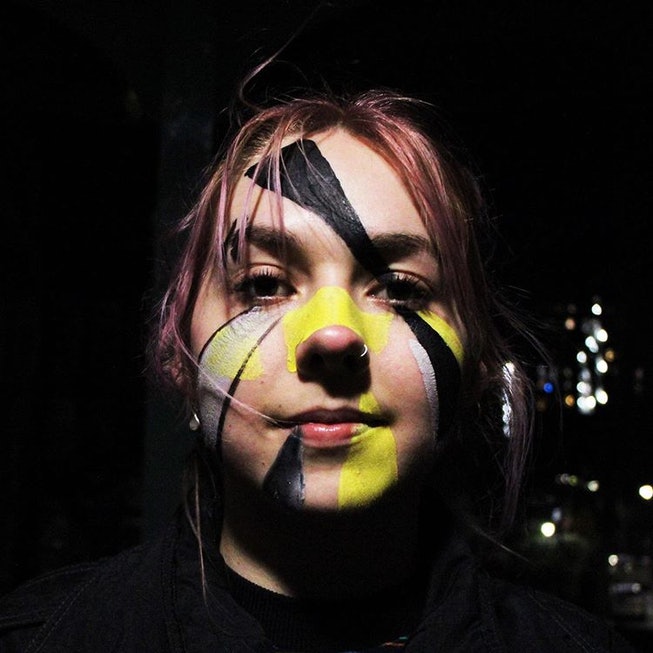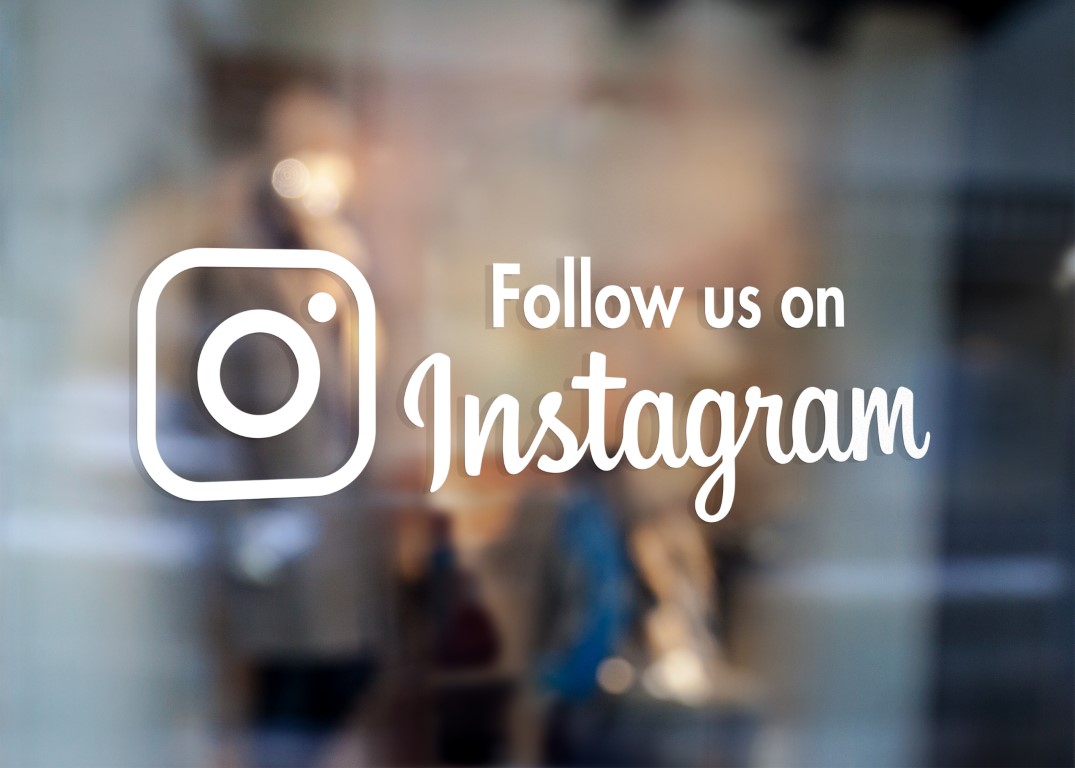NYLON: WHAT IS ANTI-SURVEILLANCE MAKEUP, AND DOES IT WORK?
https://www.instagram.com/p/CBgYGWsHxjj/?igshid=1tst4et4p1wfb

@THEDAZZLECLUB / @8MEGABITS VIA INSTAGRAM
Artists and activists are increasingly relying on these methods to fight racial bias in surveillance tech.
“Invasive surveillance systems like sentiment heat maps, iris scans, automated license plate readers, drones, and, yes, facial recognition do more than strip Americans of our civil rights; they put us, and especially communities of color, in harm’s way,” says Cahn.
But with zero actionable change in sight, the responsibility of fighting the injustice has fallen to the people. One of the most popular anti-face camouflages — that eventually became a breakthrough in anti-surveillance tech — was developed by artist Adam Harvey as part of his NYU thesis in 2010. “CV Dazzle” or computer vision dazzle as he calls it, is an open-source toolkit that facilitates techniques that use makeup, hair and accessories to create asymmetry that would obstruct the detection algorithms.
London-based The Dazzle Club — a partnership between AiR and artist duo Yoke Collective — combines this unique face painting technique with “silent walking.” The group now organizes monthly walks along with discussions that centre around how artists can come together to fight back against surveillance.
“The main aspect of CV dazzle is to throw off the kind of expected symmetry between the left and right side of your face. You do that by applying a mix of bold colors and geometric shapes,” say founders Georgina Rowlands and Evie Price. “The project was inspired by the dazzle ships used in World War [1 and 2] where warships would be painted with bolds — kind of black and white geometric shapes to obscure them out at sea. So we have the same kind of idea: hiding in plain sight with this kind of old graphic aesthetic.”
And now, as the #BlackLivesMatter protests rage on, so have inquiries from curious protestors asking about effective ways to use CV Dazzle. “We have had a lot of people sharing CV Dazzle looks and looks for their Instagram, asking us whether we think it’s a good idea,” the duo say.
Sadly the technology isn’t as effective as it once was. “CV Dazzle was developed in 2010 and it was developed using primitive technologies that are unlikely to work on the current 2020 facial recognition algorithms, especially during the COVID pandemic,” they say. “A lot of developers have really improved their systems so that it can recognize people just from their eyes if they’re wearing a mask.”
The duo also suggest using sunglasses with LED lights (if you have access), along with a face mask, which should offer an adequate (albeit not complete) amount of protection.
And if that’s not enough, there are other effective methods in the making. California-based makeup artist Kel Robinson, for instance, has been working to fight a “12 point recognition system” — something she describes as “the process of opening our iPhones with six points on each side of your face: chin, corner of mouth, cheekbone, ears, eye brow, and eye shape.”
Each of these twelve points can be used to identify someone, but without at least four points, a positive identification is impossible. “The problem is that even while wearing PPE, up to half of these points are still visible,” she says. “To thwart a positive identification, ALWAYS keep your ears covered and use colorful eyeshadows to draw up the shape of your eyebrows. Create as much facial-information you want over your eyebrows to obscure any identifying points.”
While these artists are tirelessly working to create advanced technologies that will counter newer surveillance tactics, the pace at which the A.I.-enabled tech is evolving is unprecedented. For these artists and activists, however, it is a fight worth fighting.
“Anti-surveillance makeup is a potent reminder of how our own bodies have been turned into government tracking beacons,” says Cahn. “They are symbolically powerful, but I’m skeptical that they are practically effective. It’s difficult, if not impossible, to develop a design that can counter every form of facial recognition. Moreover, in a free society, we shouldn’t have to forsake our identity to walk the streets untracked. Instead, the only real solution to facial recognition [is the passing of] state, local, and (one day) federal laws that ban it. Not regulate it. Not reform it. But completely and categorically ban law enforcement use of the facial recognition. Until that date, anti-face can provide symbolic protection, but it won’t give protesters the robust privacy safeguards they need.”



